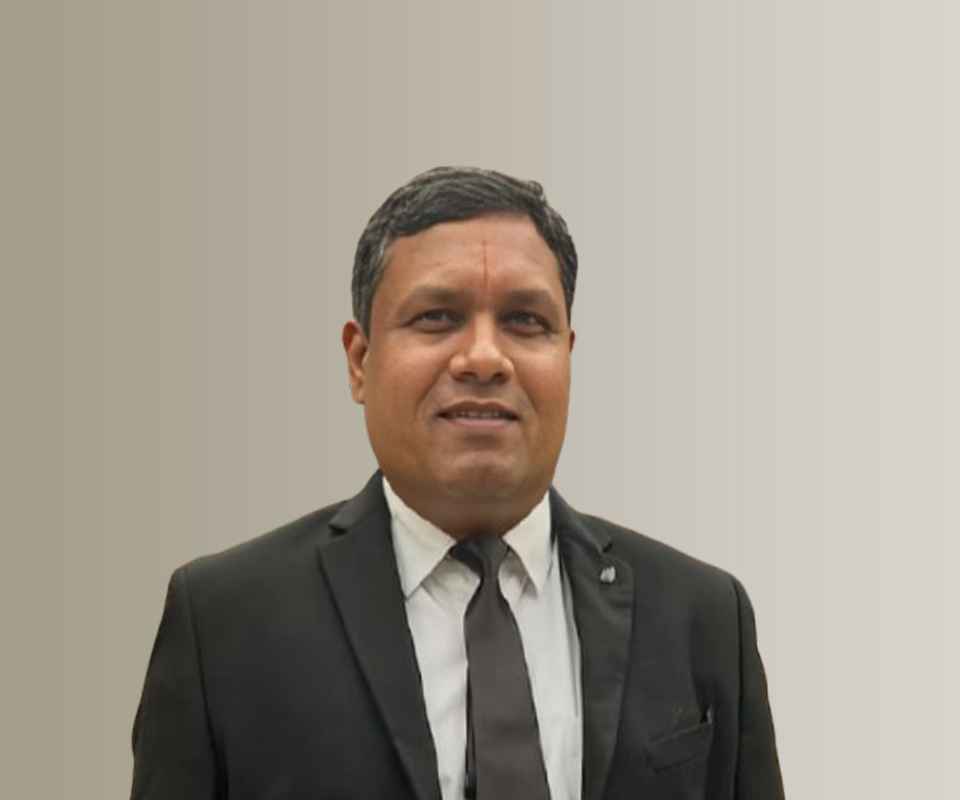Answer By law4u team
The reservation system in higher education admissions in India is a part of affirmative action policies aimed at ensuring equal opportunities for students from marginalized communities such as Scheduled Castes (SCs), Scheduled Tribes (STs), Other Backward Classes (OBCs), and more recently, Economically Weaker Sections (EWS). The system is grounded in social justice and aims to bridge the historical gap in access to education for disadvantaged communities.
Key Aspects of the Reservation System:
Constitutional Basis:
The Indian Constitution provides a framework for affirmative action through Article 15 and Article 46, ensuring that students from SC, ST, and OBC categories receive special provisions in higher education and other sectors.
Article 15(4) allows the state to make special provisions for the advancement of socially and educationally backward classes, including providing reservations in educational institutions.
Article 46 directs the government to promote the educational and economic interests of SCs, STs, and OBCs.
Categories of Reservation:
Scheduled Castes (SCs):
The reservation for SCs is typically 15% of the total seats in central educational institutions and varies slightly in state-level institutions.
Scheduled Tribes (STs):
STs are allocated 7.5% of the total seats in central universities and related institutions.
Other Backward Classes (OBCs):
OBCs (excluding the creamy layer) are granted 27% of the seats in central universities. The creamy layer refers to the relatively more affluent and socially advanced members of the OBC community, who are excluded from these benefits.
Economically Weaker Sections (EWS):
As of 2019, the EWS category provides 10% reservation in educational institutions for students from economically disadvantaged families, irrespective of caste or tribe. This reservation is over and above the regular SC, ST, and OBC quotas.
Seat Allocation and Admission Process:
Central Universities:
These universities are governed by the University Grants Commission (UGC) and the Ministry of Education. They follow the reservation guidelines strictly, allocating seats based on the percentage quotas for SC, ST, OBC, and EWS categories.
State Universities:
These institutions follow similar reservation policies with variations based on state-specific laws. States may also have their own reservation percentage for the OBCs and EWS categories.
Private Universities:
While private institutions are not bound by the same reservation laws as public universities, some may choose to implement reservation policies to ensure inclusive access. Private universities often have some level of autonomy in how they apply reservations, though they must comply with state and national regulations for admission.
Eligibility Criteria for Reserved Categories:
Students applying under the SC, ST, OBC, and EWS categories must provide valid certificates as proof of their status. For example, a student applying under the OBC category must produce a certificate that proves they are not from the creamy layer.
Students from reserved categories often have relaxed eligibility criteria (such as lower cutoff marks) compared to the general category students. This is done to help bridge the educational gap and provide equal opportunities for those who have been historically disadvantaged.
Impact of the Reservation System on Admissions:
The reservation system has a direct impact on seat allocation. For instance, in universities and colleges, a percentage of the total seats are reserved for each category, and the students from reserved categories are admitted based on the relaxed eligibility criteria and available seats in their respective categories.
Some universities may conduct entrance exams for admission, and the reservation policy is applied to the exam results, ensuring that students from SC, ST, OBC, and EWS categories are given seats according to the predefined quotas.
Selection Process:
The admission process typically includes two stages:
- Application: Candidates from reserved categories fill out applications indicating their category (SC, ST, OBC, EWS).
- Merit-Based Selection: After the entrance exams or the merit list is published, reserved category candidates are selected according to the seats available in each category.
In the case of tie-breaker situations, reserved category students are often given priority for admission when a seat remains vacant after considering general category candidates.
Legal Challenges and Court Rulings:
The reservation system has often been the subject of debate and legal challenges. Some argue that it leads to discrimination, while others view it as a necessary tool for promoting social justice.
Supreme Court rulings have upheld the reservation system, ruling that it is a constitutional measure for the advancement of backward classes. The Court has also ruled that reservation cannot exceed 50% of total seats (unless there are extraordinary circumstances) to maintain a balance between equity and merit.
The Indra Sawhney case (1992) is one of the landmark judgments that set the ceiling for OBC reservations at 27%, and emphasized the exclusion of the creamy layer from the benefits.
Challenges and Criticisms:
Critics of the reservation system argue that it can sometimes compromise meritocracy and quality of education by admitting students who do not meet the academic criteria set for general category students.
Some also believe that the system creates resentment among non-reserved category students.
However, proponents argue that reservations are necessary to level the playing field and provide equal opportunities to those from marginalized communities who have faced systemic discrimination for centuries.
Example:
A student from the OBC category applies for a postgraduate program in a central university. The university follows the reservation policy and allocates 27% of seats for OBC students. The student needs to produce an OBC certificate stating they belong to a non-creamy layer family. The student is evaluated based on the entrance exam marks, and the reserved seats are filled based on their ranking in the exam, with special weightage given to students from OBC backgrounds.
Conclusion:
The reservation system in higher education admissions in India is a vital part of the country’s effort to ensure social justice and equal access to education for students from historically marginalized communities. It plays a critical role in bridging the educational gap for SCs, STs, OBCs, and EWS, and is backed by constitutional provisions and legal mandates. While it continues to face both support and criticism, it remains an essential tool for promoting equity and inclusiveness in India's higher education system.







